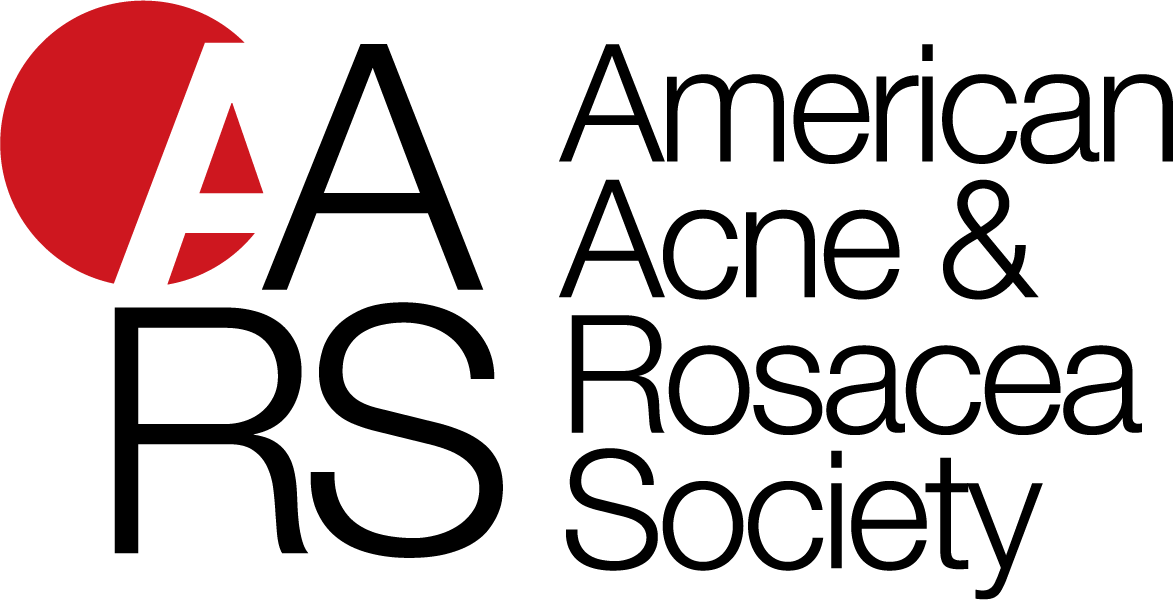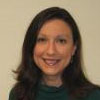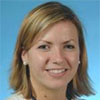Victoria Kuohung, MD
Tufts University/Boston University
2011 Mentorship Grant Recipient
Mentorship Grant Proposal
Mentor: Alan Shalita, MD, SUNY Downstate Medical Center, Dept. of Dermatology
Project Abstract
Acne is a common dermatological disease which affects a broad cross-section of society, and has been shown to have a strong effect on patients’ quality of life and psychological health. At the Department of Dermatology at SUNY Downstate, there is active investigation into applying tools to quantitatively measure acne’s impact on psychosocial outcome measures. Originally designed by Cash et al (2004), the Body Image Disturbance Questionnaire (BIDQ) has been adapted and validated as a tool to assess the extent of impairment which acne causes in a patient’s self-image due to its effect on the skin.
During my work with Dr. Alan Shalita, chair of the SUNY Downstate Department of Dermatology, my main goal is to get involved with the department’s current research on the use of the BIDQ as it is applied to acne patients. In that context, I will first learn objective measurements typically used to evaluate the extent of acne lesions. While I have had extensive exposure to treating acne patients as a resident, most of my attendings use a “gut-level” holistic assessment of the severity of any particular acne case, instead of employing lesion counts. Although, when treating my own acne patients, I have attempted to count lesions, I look forward to learning more specific techniques from observing Dr. Shalita. I expect that this will fundamentally change my approach to acne patients both from a clinical as well as research perspective.
Furthermore, I hope to incorporate the concept of body image disturbance into the study of acne by helping Dr. Shalita apply the BIDQ to his study patients. This will not only involve reading the literature but also helping to gather data for his ongoing research. I expect that I will be able to help not only in the day-to-day execution of his study, but also I hope to be able to contribute to synthesizing any overall observations that we are able to conclude.
Finally, I intend to incorporate the BIDQ as well as techniques of acne assessment in a research context when I start work after residency. I plan to work with disadvantaged populations in an academic research center that is attempting to extend its outreach to underserved communities of color. I expect that I will be able to increase my service to adolescents who otherwise would delay or be unable to visit a dermatologist for their acne. While doing so, I hope to gain a better understanding of what specific factors cause patients with acne, especially those from ethnic backgrounds or communities of color, to delay seeking help from either a primary care physician or a dermatologist.
Reference:
Cash T, Phillips K, Santos M, Hrabosky J. Measuring “negative body image”: Validation of the Body Image Disturbance Questionnaire in a nonclinical population. Body Image. 2004;1:363-72.




